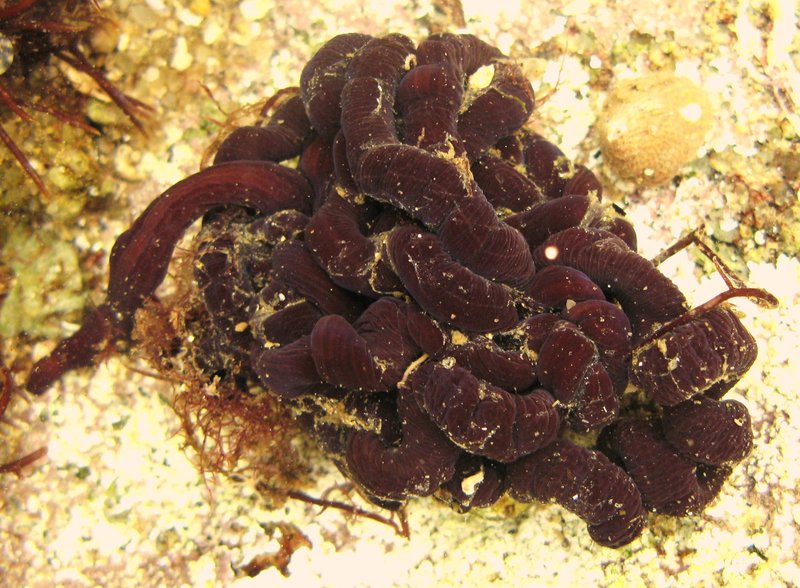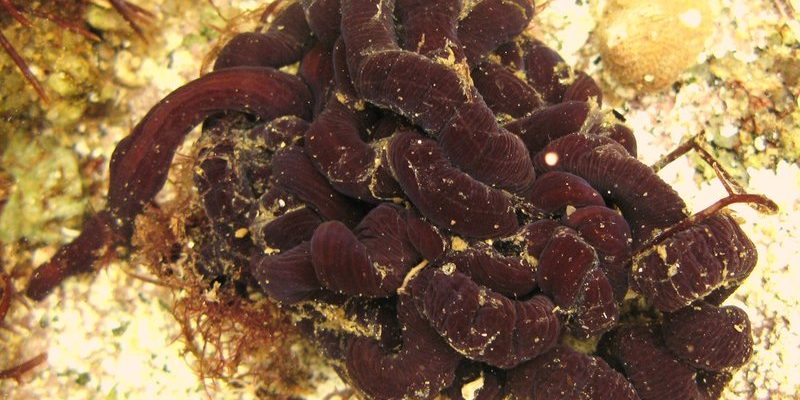
So, how does the classification of bootlace worms work? Well, it’s all about breaking down the scientific family tree. In the world of biology, classification helps us understand how various organisms relate to each other, much like how knowing the branches of your family tree helps you understand your roots. Bootlace worms have a complex classification system that reflects their unique characteristics and behaviors within the larger realm of Nemertea. Let’s dive deeper into what this classification looks like and why it matters!
The Basics of Nemertea
Before we jump into bootlace worms specifically, let’s take a quick look at **Nemertea** as a whole. This phylum is often called ribbon worms due to their elongated, flat shapes. They can be found in a variety of habitats, mostly in marine environments. Some live in freshwater or even damp soils, but the majority are ocean dwellers.
Here’s the thing: nemerteans are known for their impressive abilities. They possess a unique feature called a **proboscis**, which is like a retractable feeding tube. This helps them catch prey, often surprising their meals with a swift strike! Their body structure is fascinating too; they’re often very long and can stretch out to impressive lengths—some species reach over 30 meters!
Overall, Nemertea is a diverse and intriguing phylum that opens the door to understanding bootlace worms. Their classification offers insights not just into individual species but also into their evolutionary history.
What Are Bootlace Worms?
Bootlace worms, scientifically known as **Lineus longissimus**, are one of the most well-known members of the Nemertea phylum. They’re famous for their incredible length—some can grow more than 40 meters! That’s like having a whole train of worms slithering along the ocean floor. They get their name from their bootlace-like appearance when they move through the water.
You might be wondering, “What makes bootlace worms so special?” For starters, they exhibit tremendous flexibility and can move swiftly, which helps them escape predators or catch their prey. They primarily feed on small invertebrates and are equipped with a stunning array of colors, making them a sight to behold in their natural habitat.
Understanding what bootlace worms are starts with recognizing their physical traits and behaviors. This helps us classify them more accurately within the Nemertea phylum.
Classification Levels of Bootlace Worms
The classification of bootlace worms involves several levels, or **taxonomic ranks**. These ranks help scientists categorize and understand organisms based on shared characteristics. Here’s a quick breakdown of where bootlace worms fit in:
- Domain: Eukarya
- Kingdom: Animalia
- Phylum: Nemertea
- Class: Anopla
- Order: Lineidae
- Family: Lineidae
- Genus: Lineus
- Species: Lineus longissimus
Each rank represents a different level of relationship. For instance, all members of the phylum Nemertea share characteristics like their body structure and feeding habits, while the genus Lineus groups together species that have more specific similarities, like length and habitat.
Understanding this hierarchical system not only helps in classifying bootlace worms but also in studying their evolutionary relationships with other organisms.
Key Characteristics That Distinguish Bootlace Worms
Bootlace worms have several key characteristics that make them stand out. To properly classify them within Nemertea, scientists look for traits like body shape, reproductive methods, and feeding mechanisms.
First off, these worms have a distinctive body shape: they are long, flat, and often colorful. This not only aids in camouflage but also helps them navigate through their aquatic environments. The presence of a **proboscis** is another defining feature; it’s how they catch their prey. They can store this proboscis inside their body and quickly extend it to capture unsuspecting invertebrates.
Another interesting aspect is their reproductive method. Bootlace worms can reproduce both sexually and asexually, which is a cool survival strategy. This versatility allows them to adapt to different environments and population dynamics. All these traits combined make bootlace worms a fascinating subject of study within the larger context of nemerteans.
The Role of Bootlace Worms in the Ecosystem
Now that we know their classification and characteristics, it’s essential to understand why bootlace worms matter in their ecosystem. They play a crucial role in maintaining the balance of marine life. As predators, they help control the populations of small invertebrates. This, in turn, helps maintain healthy ecosystems, especially in coastal areas.
Moreover, bootlace worms contribute to nutrient cycling in their habitats. When they feed on their prey, they help break down organic matter, returning vital nutrients to the environment. This process supports the growth of various marine plants and creatures, illustrating how interconnected marine ecosystems are.
In summary, bootlace worms might seem small, but they hold significant ecological importance. Understanding their classification within Nemertea aids in recognizing their role in the broader context of marine biology.
Research and Conservation of Bootlace Worms
As with many marine organisms, research on bootlace worms is essential to understanding our oceans better. Scientists study their behavior, habitat preferences, and ecological roles to gain insights that can help preserve marine biodiversity. Given the threats of habitat loss and climate change, knowing more about bootlace worms can inform conservation strategies.
Efforts are underway to study the impacts of pollution and changing ocean temperatures on bootlace worm populations. Monitoring these organisms can serve as an indicator of the health of marine environments. By understanding their responses to environmental changes, we can work toward better conservation practices.
In summary, research and conservation efforts regarding bootlace worms and their classification in Nemertea are vital for the health of marine ecosystems. Every tiny creature plays a part in the larger picture, and understanding them can help us make informed decisions about our oceans.
The Future of Bootlace Worm Research
Looking ahead, the future of research into bootlace worms and their classification in Nemertea promises to be exciting! As technology improves, scientists are using advanced techniques, like genetic sequencing, to reveal more about their evolutionary history. This ongoing research can uncover new species and help clarify relationships within Nemertea.
Additionally, public interest in marine life is growing. Increased awareness can lead to more funding for studies focused on bootlace worms and their habitats. As we learn more about the natural world, we can foster a greater appreciation for these unique creatures.
To wrap it up, understanding how bootlace worms are classified within the Nemertea phylum underscores the wonders of nature. These fascinating organisms remind us of the diversity in our oceans and the importance of preserving it. By continuing to research and protect these unique creatures, we can strive to maintain healthy marine ecosystems for generations to come.

